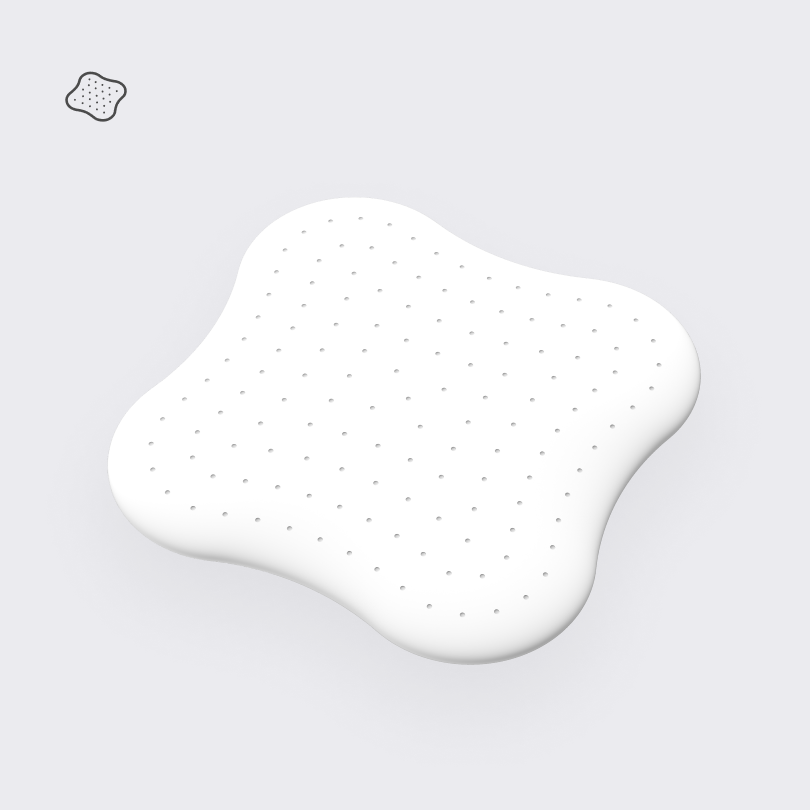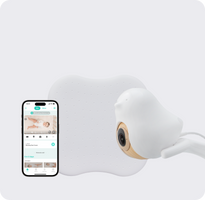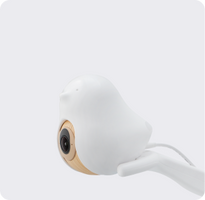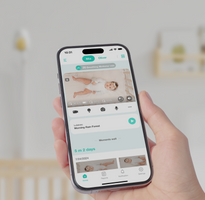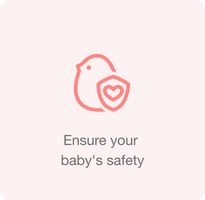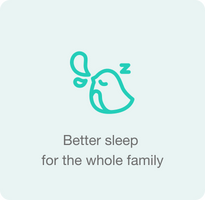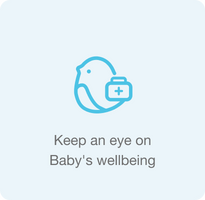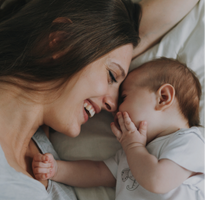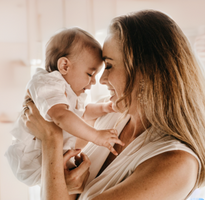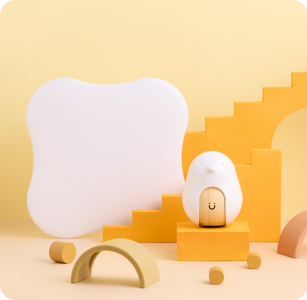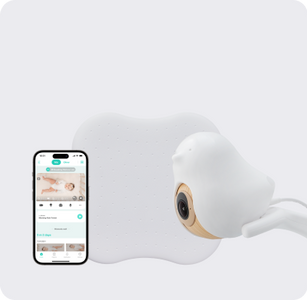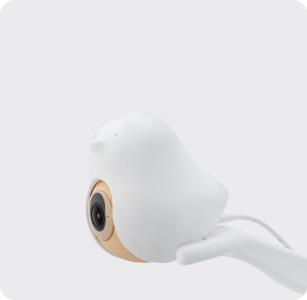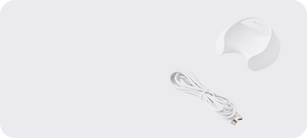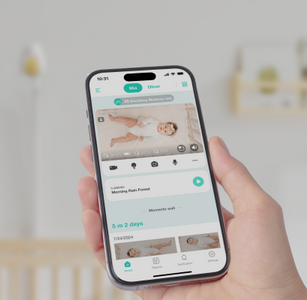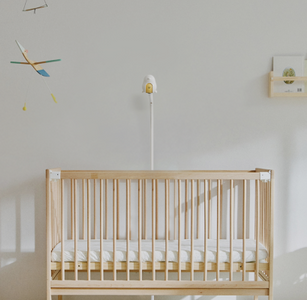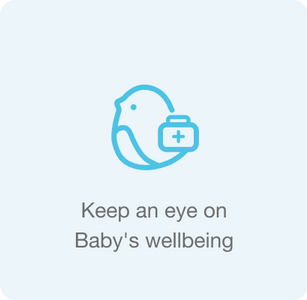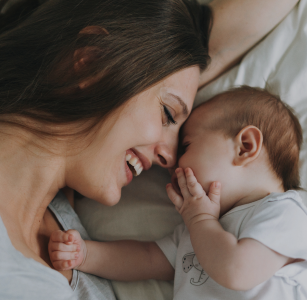5 Key Safety Requirements for Safe Crib Set Up
Dr. Kenneth Yeh, Pediatrician. breaks down 5 Key Safety Requirements for Safe Crib Set-Up. From crib placement to what accessories shouldn't be inside, this quick guide will help keep your baby safe.
5 Key Safety Requirements for Safe Crib Set-up
How do you create a safe sleeping environment for babies? In addition to keeping the baby in a supine position in the crib, ensuring a safe newborn crib is another important point. Let's further explore how to safe crib set up for optimal baby sleep environment.
Crib Placement: Best Places to Set Up Baby Crib
1. First, in which room should the baby sleep? It is recommended to share the same sleeping space with the parents, but have a separate baby crib. In the case of multiple babies, say twins or triplets, each baby sleeping in a separate bed is safest. The baby crib should be as close as possible, but not connected, to the parents’ bed.
"You know, just sleeping in the same room with your baby can reduce the risk of sudden death by half!"
It is recommended to maintain this safe crib set up until they’re six months old or even up to one year old. Sometimes babies are inevitably held in their parents’ bed for feeding or comfort. Adults should remember to put the baby in their own baby crib before falling asleep. If the parent accidentally falls asleep first, then as soon as they wake up, it’s important to quickly put the baby back to their own crib.
Safe Crib Set-Up and Selection
2. New baby cribs are recommended, avoid buying a used one if you can. If you are using an old or Grace brand crib, pay attention to whether it complies with current safety regulations, whether any parts are missing, whether it is assembled correctly, etc. Don't use a removable mobile bed rail to prevent babies from getting trapped or even suffocating. Keep the crib away from electrical wires, curtain ropes, blinds, windows, etc. that may cause harm.
3. Car seats, baby strollers, cradles, baby rockers, baby carriers, baby towels, etc. are not recommended for small babies to sleep in often or for a long time unless necessary for relocating.
The reason is that these products that are designed in a sitting position are more likely to cause gastroesophageal reflux (also known as infant reflux) or affect the openness of the respiratory tract because the head is tilted forward. In short, whether in a hospital or at home, it is safest for a small baby to sleep or nap in a crib.
Crib-Safe Mattresses for Babies
4. The mattress of the safe baby crib should be hard enough so that the baby's head does not sink when lying down. For example, memory foam is not suitable as a baby mattress because it is easily deformed. Some mattresses have upholstery, which is never suitable for babies. Also, the fitting of the sheets should be moderate. For example, if the sheets are too small, there may be a large gap between the mattress and the crib after the sheets are placed. In addition, pillows, cushions, quilts, blankets, etc. cannot be used as a mattress, whether they are placed on a mattress or wrapped under a sheet.
The perimeter requirements of the crib used to exist to prevent the baby's head from getting caught between the railings. Updated codes require that the railings of cribs should be no more than 2 inches apart, so the crib circumference has lost its original reason for existence. Does the use of a perimeter increase the risk of sudden infant death (SIDS)? There is no consensus at this time. However, after considering the pros and cons, the American Academy of Pediatrics does not recommend using a bed bumper in the crib.
Accessories Inside the Crib
5. For a safe crib set-up for your baby to sleep in, the fewer items in the crib, the better. It’s not recommended to place soft bedding such as pillows, quilts, blankets, stuffed dolls, etc. on cribs, as these items increase the risk of Sudden Infant Death (SIDS). Studies have pointed out that if these items are placed on the bed, it will increase the risk of Sudden Death by 21 times. If you do not determine your baby's sleeping position purposefully, the overall risk is increased by 5 times.
Many people are afraid that it will not be warm enough if the baby is not covered with a blanket. At this time, a baby sleeping sack, swaddle, or an anti-kick vest can be used instead. Here are other ways to keep your baby warm without a swaddle.
After reading the above article, I wonder if anyone would feel too strict or overly cautious. The fact is, when faced with the problem of the safety of the baby's environment, it is necessary to use this kind of precautionary attitude to avoid any dangerous situation that may occur. Even if the odds are low, it's better to take precautions than to regret them later.
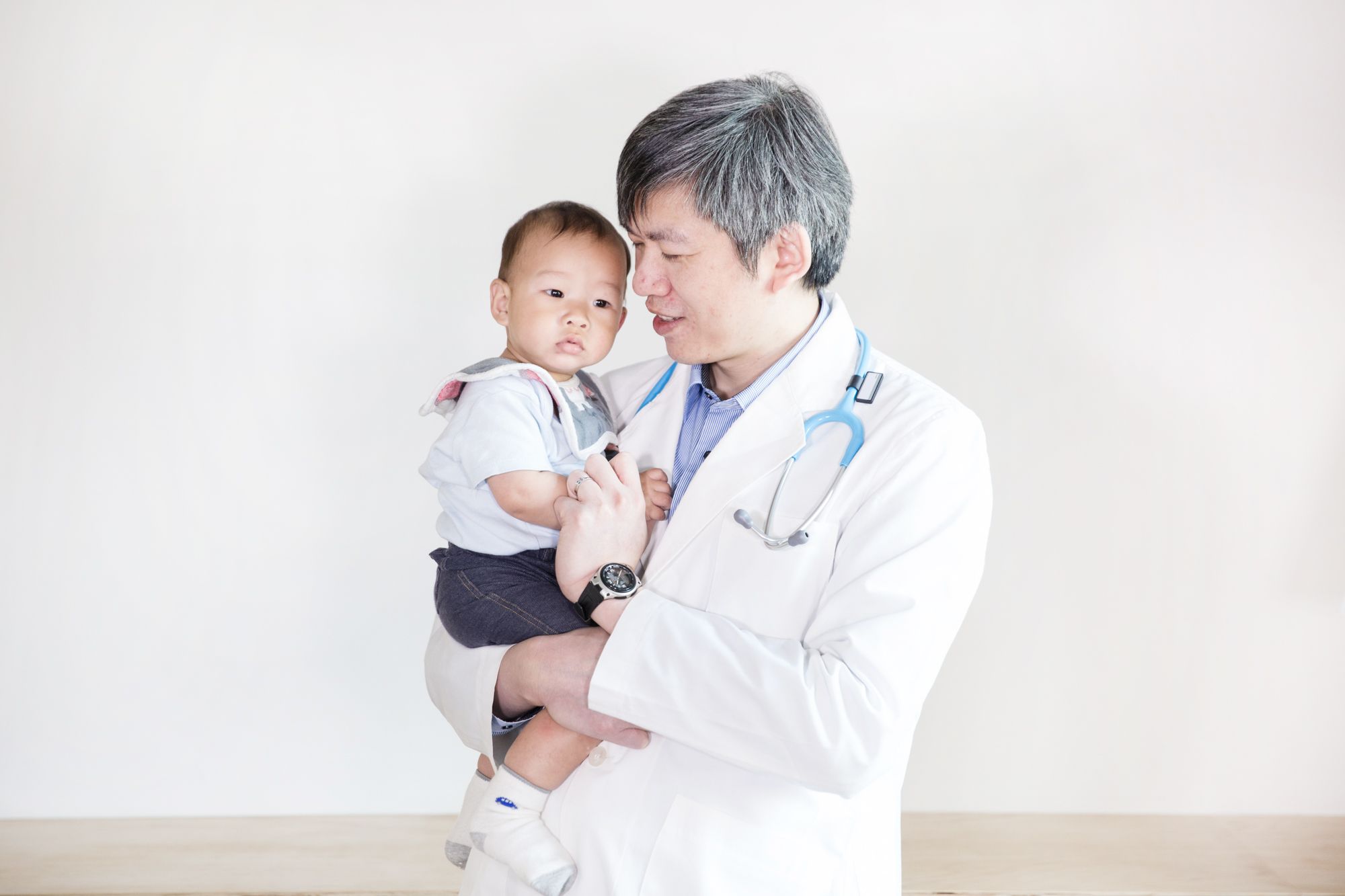
Dr. Kenneth Yeh
“5 Key Safety Requirements for Safe Crib Set-Up” was written by Dr. Kenneth, a Pediatrician with experience treating over 10,000 babies during his career. It has been translated and modified to be read in English.

